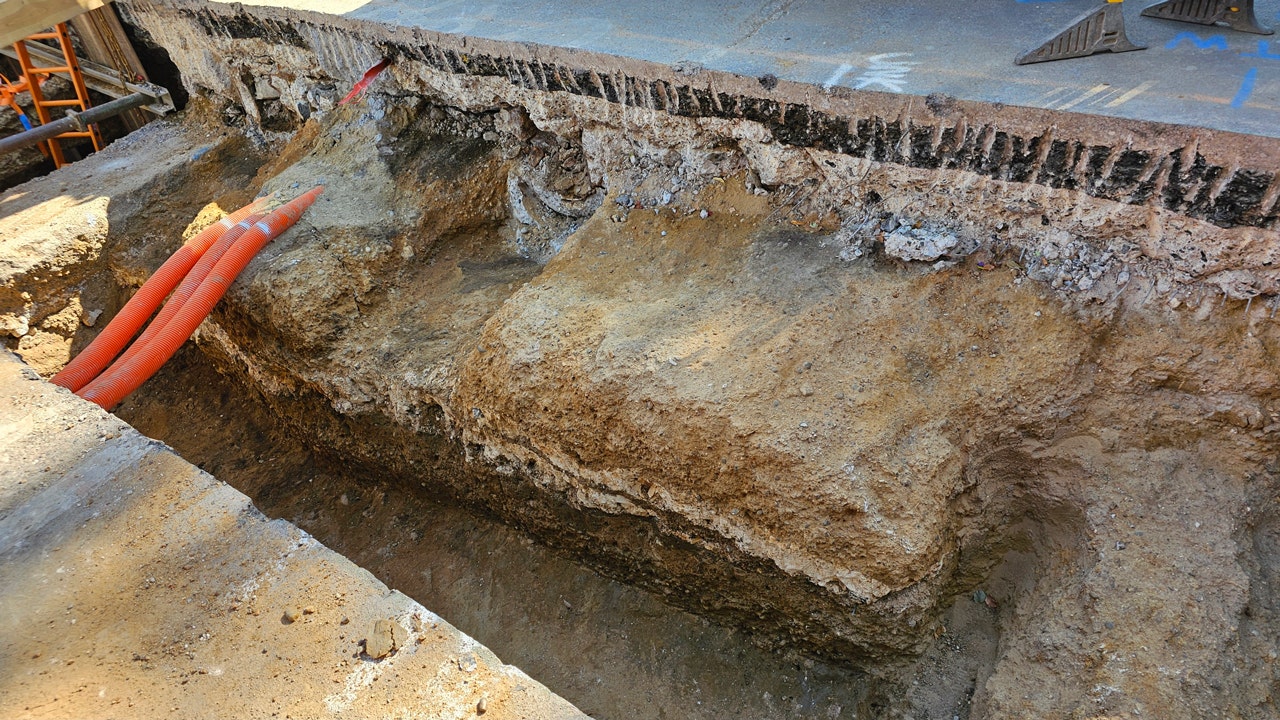Those are the questions that UN agencies on the ground in Madagascar are considering as the island nation struggles against climate change, huge humanitarian needs and persistent underdevelopment.
UNICEF’s Deputy Representative, Head of Programmes Gilles Chevalier and Natasha van Rijn the Resident Representative for the UN Development Programme discuss how changes in the way they are working are helping to reinforce resilience and sustainable development.
Gilles Chevalier: One of the major decisions we have made at UNICEF is to reinforce our staff footprint in the south of Madagascar which has been affected by drought due to climate change and the El Nino effect. The people in this part of the country are very vulnerable; many suffer from malnutrition and a lack of access to basic services, so there are many humanitarian needs.
UNICEF’s Deputy Representative, Head of Programmes Gilles Chevalier (left) and UNDP Resident Representative Natasha van Rijn (right) join a discussion on sustainable development in Madagascar.
There are a number of UN humanitarian agencies which are converging to contribute to the relief effort in the Grand Sud region. Systematically, those actors are also looking at ways to prevent and mitigate the devastating impacts of climate change in the south.
Natasha van Rijn: The development indicators in the south, for example, for health, education, nutrition, infrastructure, energy supply, are all weaker than they are in other parts of the island, and that is as central to the planning and the conversations that need to take place as it is to the humanitarian response that is currently ongoing.
The UN is engaged in both humanitarian and development work. One way to define the difference is to consider humanitarian work as addressing the symptoms of an illness in an emergency situation while development works towards health and well-being by addressing the underlying structural issues which may eventually lead to a humanitarian crisis.
Gilles Chevalier: As best we can, we’re trying to avoid working on small-scale interventions in many different locations. Instead, we are looking at what complementarities are possible between the interventions of the United Nations system and its partners. We have selected what we are calling “convergence zones” based on the multidimensional vulnerability that can be identified in the various districts. In this way the UN system can really build a coordinated long-term intervention.
Natasha van Rijn: Investing more heavily in one geographical area, has created the environment in which others can capitalize on the investments being made.

A pregnant woman is monitored at a UN-supported mobile clinic in the south of Madagascar
In these convergence zones, and generally as a rule, it’s really important to underscore that development and humanitarian actors work in partnership. We bring different skill sets to the table depending on the issue; whether it’s long-term experience with national partners or how to respond rapidly in an emerging crisis.
Of course, it’s important to also acknowledge the role of national counterparts, the government, private sector, civil society or communities as they are at the core of humanitarian and development work.
Gilles Chevalier: We’ve already seen a very clear shift in the partners’ approach to programmes in convergence zones. A large number of them are not only looking at the survival of populations but increasingly, they also focus on resilience building. We’re pleased to see that financial partners are injecting increasingly large amounts of money with a longer-term outlook, recognizing the importance of creating a sustainable impact. This can only happen if systems are strengthened locally and solutions are contextually adapted.

In Madagascar, UN agencies are prioritizing their support in ‘convergence zones.’
Natasha van Rijn: We call this the humanitarian and development nexus. The nexus is about aligning efforts to address risks, prevent development losses and build resilience in the midst of crisis. Peace is the third aspect of the nexus together with development and the fulfillment of humanitarian needs. None of these can be achieved without one another.
There is a good example of this with the intervention of the UN’s Peacebuilding Fund in Betroka, Anosy region in the Grand Sud of Madagascar, an area which was insecure due to cattle rustling. The Fund’s work there contributed towards stabilizing the local situation and enabled humanitarian agencies to provide aid more safely and for development actors to start discussions with the local authorities about a range of issues including local governance, policing and boosting economic activity.
Gilles Chevalier: It’s essential for Madagascar to remain at the center of attention not only for our governmental partners, but also for donors. Globally, Madagascar was not a priority for a long time, but now it is recognized as one of the countries most affected by climate change worldwide. In this sense, Madagascar has put itself firmly on the map in recent years.
Natasha van Rijn: If we allow ourselves to look at the situation in Madagascar with all the complexity it deserves, then we have a chance of addressing the needs in all their complex multi-sectoral dimensions. Unfortunately, typical funding mechanisms don’t necessarily always lend themselves to that as they are targeted at either humanitarian or development or peacebuilding interventions.
This is why the coordinating role of the UN, and specifically the Resident Coordinator’s Office, is as important as applying nexus approaches in the field as it brings all partners together to discuss the most effective way to contribute to the long-term stability and prosperity of Madagascar.





